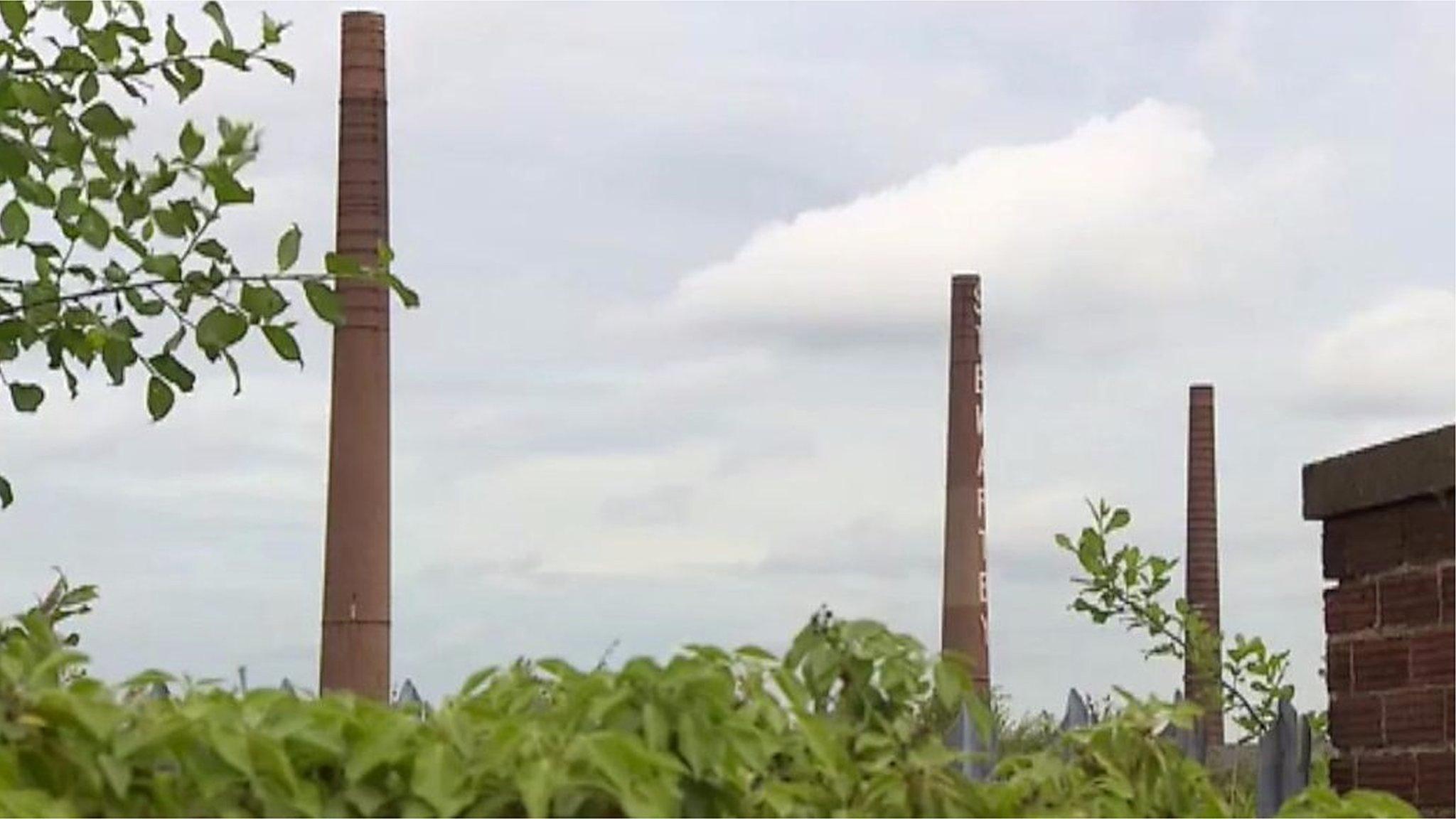Stewartby historic brickworks chimneys demolished
- Published
Stewartby historic brickworks chimneys demolished
Four remaining chimneys on a site where 167 once stood have been demolished.
The site of the former Stewartby and Kempston Hardwick brickworks, near Bedford, is to make way for 1,000 new homes and a business park, external.
Crowds gathered to see the demolition, after the council said the chimneys could pose a danger to the public in extreme weather conditions.
Historic England had said there was no reason they should be completely demolished.
Tim Hill, Liberal Democrat member of Bedford Borough Council, said: "In an ideal world, such history wouldn't be demolished."

Crowds gathering to see the chimney's demolished
A viewing area was set up on the Stewartby sports field for people to watch the chimneys come down.
The council said a replica will be built on site to ensure the historic importance of the chimneys will be recognised and memorialised.

The chimneys were deemed a danger to the public and the council agreed they could be demolished
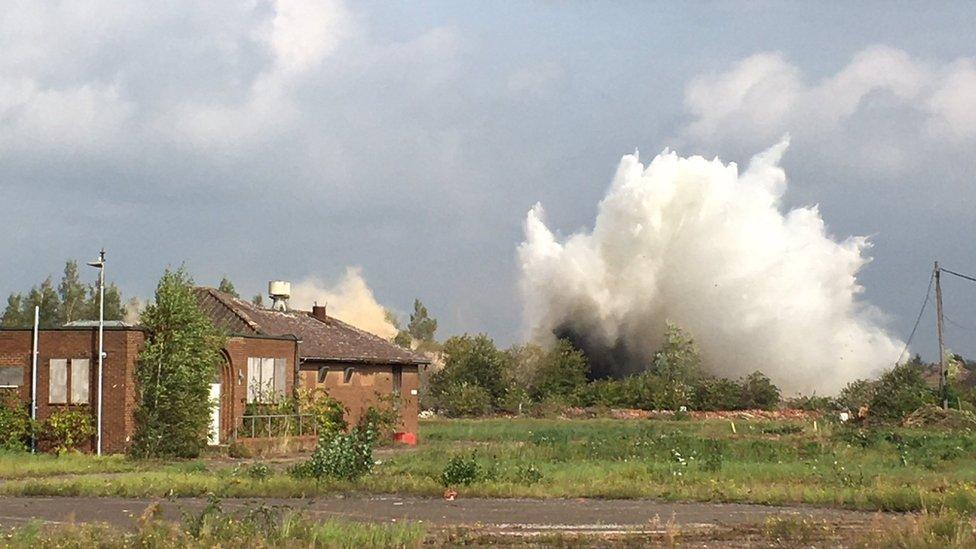
A replica chimney will be built in their place

The history of Stewartby

Stewartby, pictured here in 1942, was part of the London Brick Company
Brickmaking in the area began when John Cathles Hill, a housebuilder, bought up various small local companies, which became the London Brick Company (LBC) in 1900
In 1926 the LBC began to build a garden village for its employees at Wootton Pillinge
The Wootton Pillinge LBC village was renamed Stewartby in 1936, after the Stewart family, directors of the LBC
In the same year Stewartby was recognised as the largest brickworks in the world, employing 2,000 people and producing 500 million bricks a year
The site closed in 2008 with one reason given that it could not achieve emission standards
Four of the original chimneys remain on the site, standing up to 70m (230ft) tall

Find BBC News: East of England on Facebook, external, Instagram, external and Twitter, external. If you have a story suggestion email eastofenglandnews@bbc.co.uk, external
Related topics
- Published25 September 2021
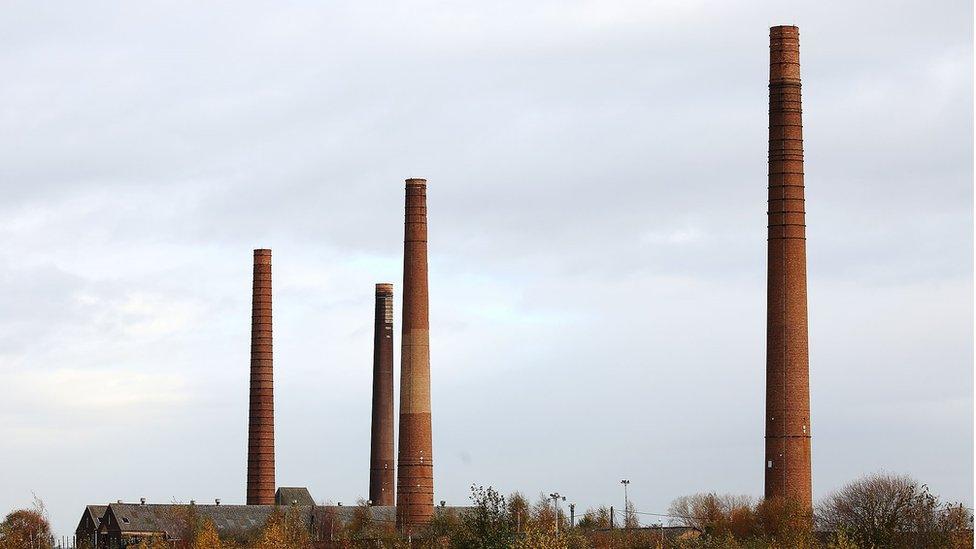
- Published2 January 2019
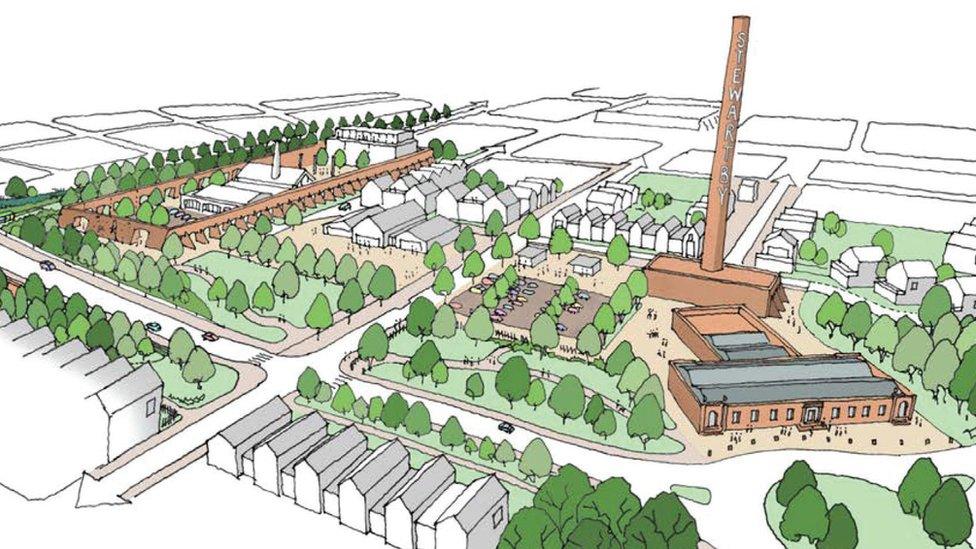
- Published30 January 2018
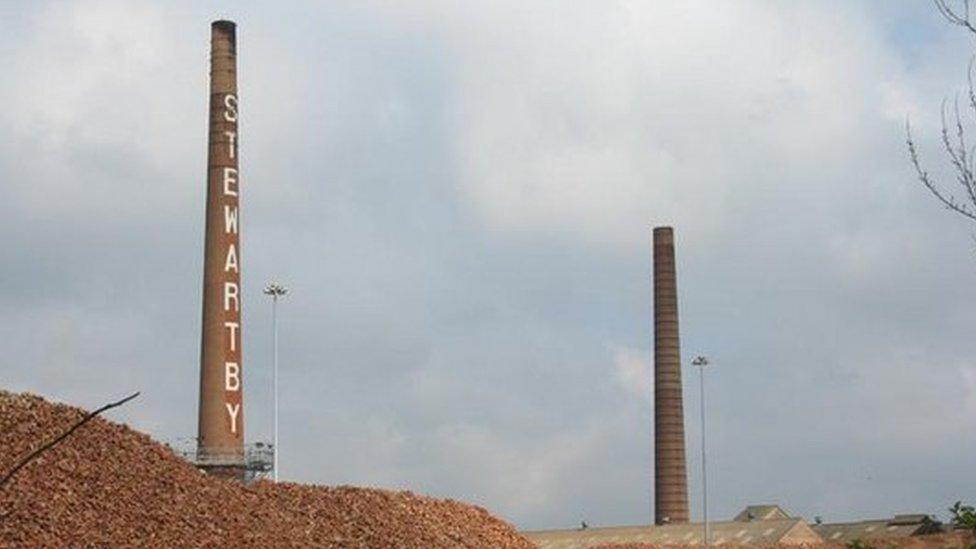
- Published21 January 2018
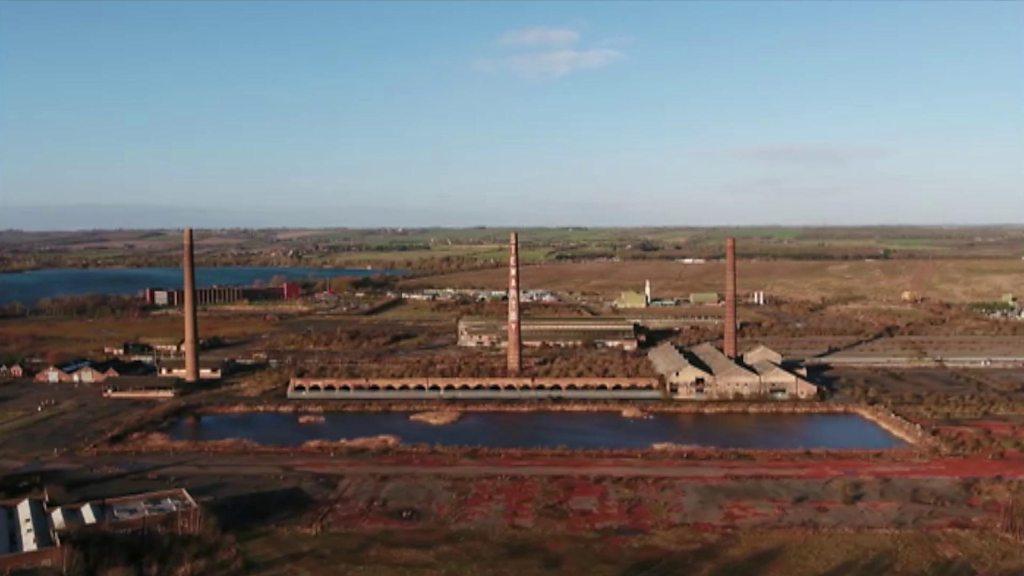
- Published16 May 2017
